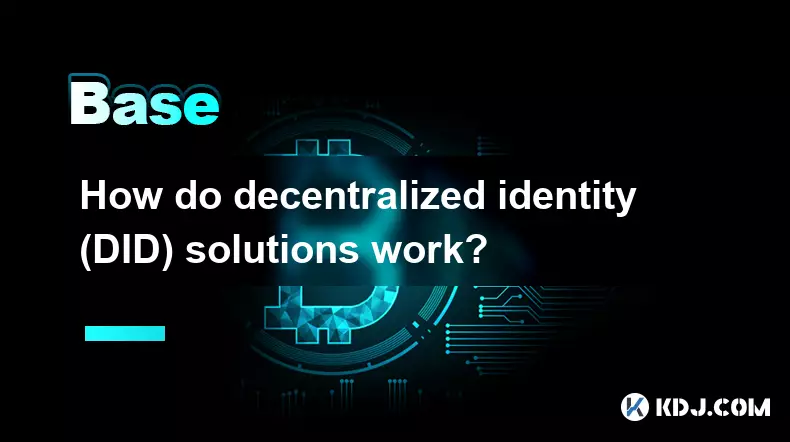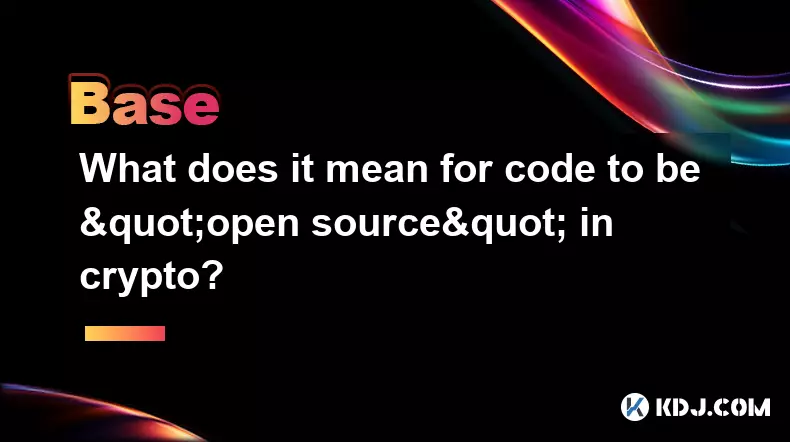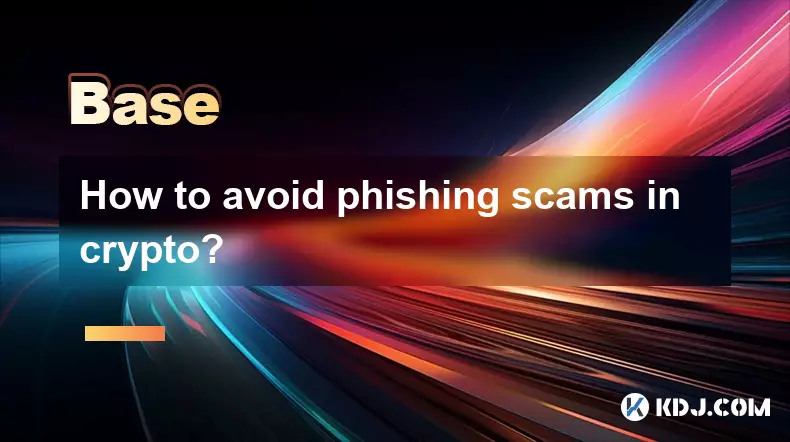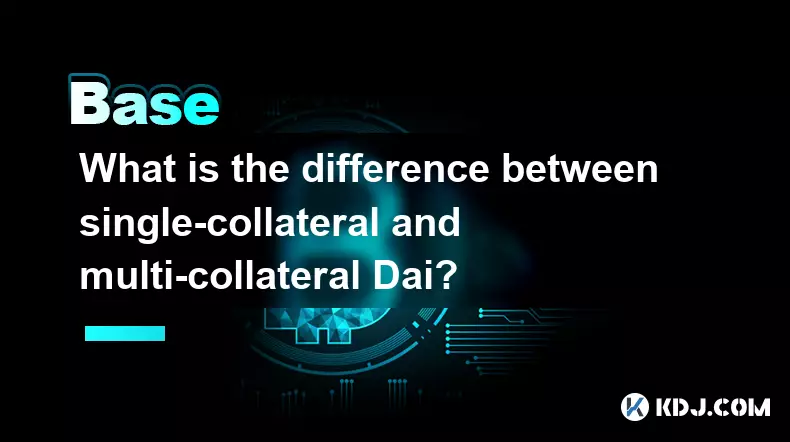-
 bitcoin
bitcoin $108842.957301 USD
-1.88% -
 ethereum
ethereum $3931.777121 USD
-1.66% -
 tether
tether $1.000186 USD
-0.03% -
 bnb
bnb $1153.250882 USD
-2.20% -
 xrp
xrp $2.367904 USD
-1.94% -
 solana
solana $186.182050 USD
-4.20% -
 usd-coin
usd-coin $0.999997 USD
0.00% -
 tron
tron $0.316949 USD
-1.00% -
 dogecoin
dogecoin $0.190780 USD
-3.12% -
 cardano
cardano $0.651324 USD
-2.67% -
 hyperliquid
hyperliquid $37.141055 USD
-0.85% -
 ethena-usde
ethena-usde $0.999224 USD
-0.09% -
 chainlink
chainlink $17.579031 USD
-2.47% -
 bitcoin-cash
bitcoin-cash $509.426284 USD
-2.79% -
 stellar
stellar $0.315298 USD
-2.93%
How are flash loans used?
Flash loans enable instant, collateral-free borrowing in DeFi, allowing arbitrage, debt restructuring, and collateral swaps—all within a single transaction.
Aug 08, 2025 at 01:08 pm

Understanding Flash Loans in Decentralized Finance
Flash loans are a unique innovation within the decentralized finance (DeFi) ecosystem, allowing users to borrow large amounts of cryptocurrency without providing collateral—provided the loan is repaid within the same blockchain transaction. This mechanism is made possible through smart contracts on platforms like Aave, dYdX, and Uniswap, which enforce the repayment condition automatically. If the borrower fails to return the funds before the transaction concludes, the entire operation is reverted as if it never occurred. This risk-free model for lenders enables unprecedented access to liquidity, opening doors for advanced financial strategies.
Unlike traditional loans, flash loans do not require credit checks or identity verification. The entire process occurs on-chain and is atomic—either all steps succeed or none do. This feature makes flash loans particularly attractive for developers and traders who need temporary capital for arbitrage, collateral swapping, or debt restructuring.
Arbitrage Opportunities Enabled by Flash Loans
One of the most common uses of flash loans is arbitrage trading. Arbitrage involves exploiting price differences of the same asset across different decentralized exchanges (DEXs). For example, if ETH is priced at $3,000 on Uniswap and $3,030 on SushiSwap, a trader can use a flash loan to buy ETH cheaply on Uniswap and sell it at a higher price on SushiSwap.
The process works as follows:
- Borrow a large amount of a stablecoin like DAI using a flash loan from Aave
- Use the DAI to purchase undervalued ETH on one exchange
- Immediately sell the ETH on another exchange where the price is higher
- Repay the original DAI loan plus a small fee
- Keep the profit in DAI or another token
Because all these steps happen within a single transaction, the trader never risks personal capital. The smart contract ensures the loan is repaid before the transaction finalizes, making this strategy both powerful and safe for the protocol.
Debt Position Restructuring with Flash Loans
Flash loans are frequently used to refinance or restructure existing debt positions in lending protocols such as Compound or MakerDAO. When a user has an outstanding loan with unfavorable terms—such as a high interest rate or declining collateral value—they can use a flash loan to migrate their debt to a better platform.
Consider a user with a DAI loan on Compound secured by ETH, but the interest rate has increased. They can:
- Take out a flash loan in DAI
- Close the existing Compound position by repaying the debt
- Open a new loan on Aave with lower interest
- Transfer the debt obligation to the new platform
- Repay the flash loan within the same transaction
This process, known as debt migration, allows users to optimize their borrowing conditions without needing additional funds. It preserves their collateral while improving loan terms, all executed atomically.
Liquidity Pool Manipulation and Attacks
While flash loans offer legitimate financial tools, they have also been exploited in malicious attacks on DeFi protocols. Because attackers can borrow millions of dollars instantly, they can manipulate price oracles that rely on on-chain liquidity pools.
For example, an attacker might:
- Use a flash loan to dump a large amount of a token into a liquidity pool like Uniswap
- Artificially inflate the price of a low-cap token due to imbalanced reserves
- Trigger a lending platform’s oracle to register the inflated price
- Borrow assets worth far more than the manipulated token’s real value
- Repay the flash loan and walk away with profit
Such attacks have targeted platforms like Harvest Finance and bZx, highlighting the risks associated with oracle dependency and insufficient price validation mechanisms. Developers now implement time-weighted average prices (TWAPs) and other safeguards to reduce vulnerability.
Collateral Swapping Using Flash Loans
Another advanced use case is collateral swapping, where users change the type of asset securing their loan without closing their position. Suppose a user has WBTC as collateral on MakerDAO but wants to switch to ETH due to market outlook or diversification.
They can:
- Initiate a flash loan in DAI
- Withdraw their WBTC from the Maker vault
- Sell WBTC for ETH on a DEX
- Deposit ETH into a new or existing Maker vault
- Generate new DAI debt backed by ETH
- Repay the initial flash loan
This entire operation happens in one transaction, enabling seamless collateral management. It allows users to adapt their positions dynamically without liquidation risk or downtime.
How to Execute a Flash Loan: A Developer’s Guide
To execute a flash loan, developers must interact directly with DeFi protocol smart contracts. Here’s a simplified guide using Aave on the Ethereum network:
- Set up a development environment with Hardhat or Foundry
- Write a smart contract that inherits from Aave’s FlashLoanSimpleReceiver interface
- Define the
executeOperation()function, which contains the logic to be executed after receiving the loan - Specify the asset to borrow (e.g., USDC, DAI, WETH)
- Deploy the contract to the Ethereum network (or a testnet like Goerli)
- Call the
flashLoanSimple()function on Aave’s Pool contract, passing in your contract address, the asset, amount, and any referral code
The Aave protocol will:
- Send the requested funds to your contract
- Trigger your
executeOperation()function - Expect full repayment plus a 0.09% fee before the transaction ends
- Revert the entire transaction if repayment fails
Developers must ensure gas efficiency and precise logic, as any error results in transaction failure and potential loss of gas fees.
Frequently Asked Questions
Can anyone use a flash loan, or is technical knowledge required?Yes, anyone can technically initiate a flash loan, but practical usage requires smart contract programming skills. Most users interact with flash loans through custom-built contracts. Without coding ability, executing profitable or safe strategies is nearly impossible.
Are flash loans only available on Ethereum?No, flash loans are available on multiple blockchains including Polygon, Avalanche, and Fantom. Platforms like Aave and Radiant Capital offer flash loan functionality across different networks, often with lower gas fees than Ethereum.
What happens if I don’t repay a flash loan?The transaction automatically reverts all changes, meaning the loan is canceled and no funds are transferred. The blockchain state returns to its original condition, so lenders face no risk. However, the initiator still pays gas fees for the failed transaction.
Is it possible to make a profit with flash loans without prior capital?Yes, because flash loans require no upfront collateral, profitable strategies like arbitrage can be executed with zero initial investment. However, success depends on precise timing, low slippage, and efficient contract logic. Most profits are small relative to the loan size due to fees and competition.
Disclaimer:info@kdj.com
The information provided is not trading advice. kdj.com does not assume any responsibility for any investments made based on the information provided in this article. Cryptocurrencies are highly volatile and it is highly recommended that you invest with caution after thorough research!
If you believe that the content used on this website infringes your copyright, please contact us immediately (info@kdj.com) and we will delete it promptly.
- Cardano, Dogecoin, and the Token Rally: What's the Hype?
- 2025-10-17 22:45:16
- Milk Mocha Meme Coin: Last Call for Whitelist & Early HUGS Gains!
- 2025-10-17 22:45:16
- Crypto's New Sweetheart: Milk & Mocha's $HUGS Token and the Early Rounds Advantage
- 2025-10-17 22:25:12
- Crypto Picks for 2025: Blazpay Presale and Emerging Trends
- 2025-10-17 22:50:12
- Meme Coins: Riding the Early Bird Gold Rush
- 2025-10-17 23:05:12
- Shannon Man, Cash Prizes, and Coin Games: A New York Minute on a Georgia Arrest
- 2025-10-17 22:50:12
Related knowledge

How do decentralized identity (DID) solutions work?
Oct 14,2025 at 11:36pm
Understanding Decentralized Identity in the Blockchain Ecosystem1. Decentralized identity (DID) solutions are built on blockchain networks, allowing i...

What is the difference between Near Protocol and Ethereum?
Oct 15,2025 at 08:01am
Near Protocol and Ethereum: Core Architectural Differences1. Near Protocol operates on a sharded blockchain architecture known as Nightshade, which al...

What does it mean for code to be "open source" in crypto?
Oct 12,2025 at 01:54pm
Understanding Open Source in the Cryptocurrency Ecosystem1. In the context of cryptocurrency, open source refers to software whose code is publicly ac...

What is the purpose of a "testnet"?
Oct 12,2025 at 09:01am
Understanding the Role of Testnets in Blockchain Development1. A testnet serves as a parallel version of a blockchain network, designed specifically f...

How to avoid phishing scams in crypto?
Oct 13,2025 at 06:18pm
Understanding Common Crypto Phishing Tactics1. Cybercriminals frequently use fake websites that mirror legitimate crypto exchanges or wallet platforms...

What is the difference between single-collateral and multi-collateral Dai?
Oct 12,2025 at 05:18pm
Understanding Single-Collateral Dai1. Single-Collateral Dai (SCD) was the original version of the Dai stablecoin launched by MakerDAO in 2017. It allo...

How do decentralized identity (DID) solutions work?
Oct 14,2025 at 11:36pm
Understanding Decentralized Identity in the Blockchain Ecosystem1. Decentralized identity (DID) solutions are built on blockchain networks, allowing i...

What is the difference between Near Protocol and Ethereum?
Oct 15,2025 at 08:01am
Near Protocol and Ethereum: Core Architectural Differences1. Near Protocol operates on a sharded blockchain architecture known as Nightshade, which al...

What does it mean for code to be "open source" in crypto?
Oct 12,2025 at 01:54pm
Understanding Open Source in the Cryptocurrency Ecosystem1. In the context of cryptocurrency, open source refers to software whose code is publicly ac...

What is the purpose of a "testnet"?
Oct 12,2025 at 09:01am
Understanding the Role of Testnets in Blockchain Development1. A testnet serves as a parallel version of a blockchain network, designed specifically f...

How to avoid phishing scams in crypto?
Oct 13,2025 at 06:18pm
Understanding Common Crypto Phishing Tactics1. Cybercriminals frequently use fake websites that mirror legitimate crypto exchanges or wallet platforms...

What is the difference between single-collateral and multi-collateral Dai?
Oct 12,2025 at 05:18pm
Understanding Single-Collateral Dai1. Single-Collateral Dai (SCD) was the original version of the Dai stablecoin launched by MakerDAO in 2017. It allo...
See all articles










































































